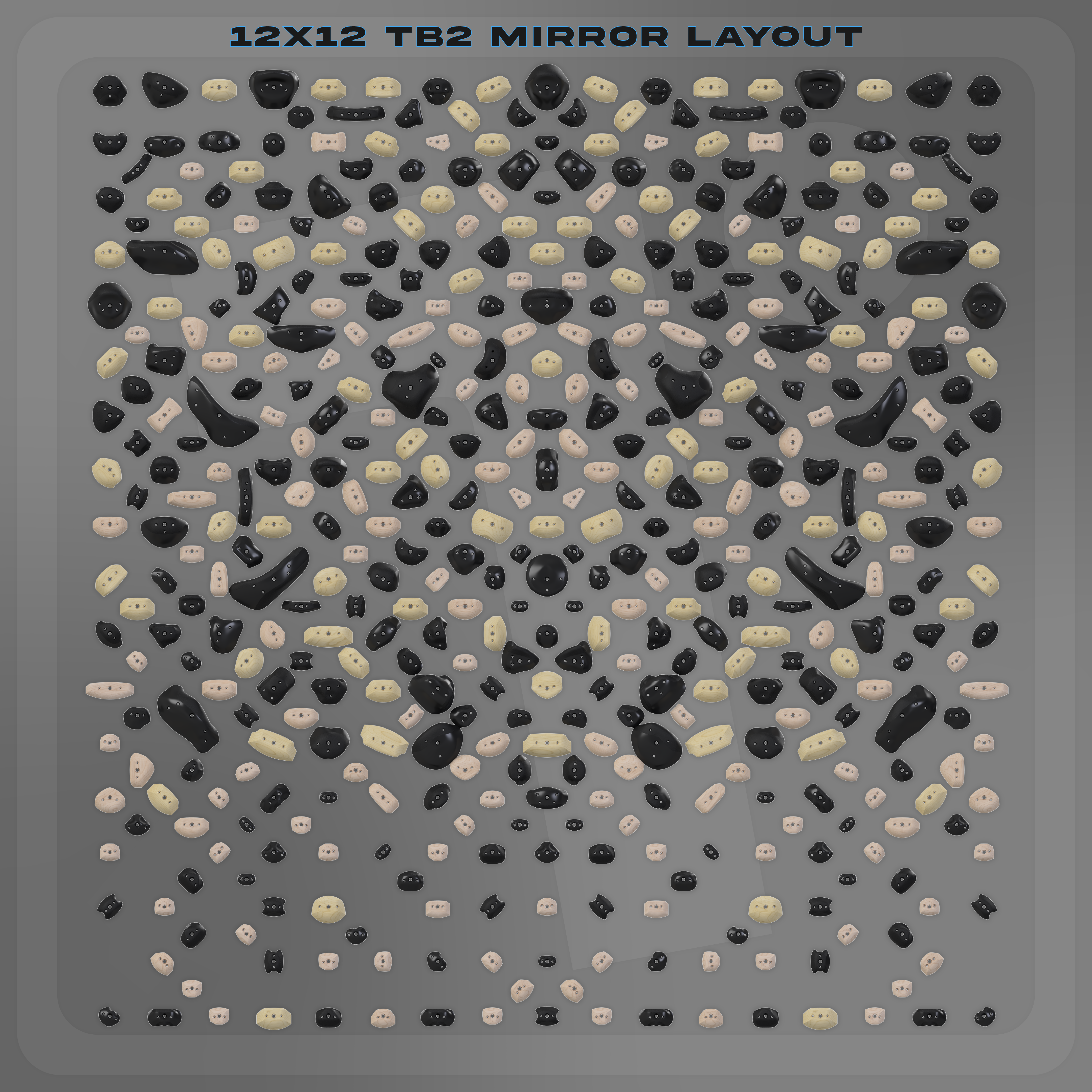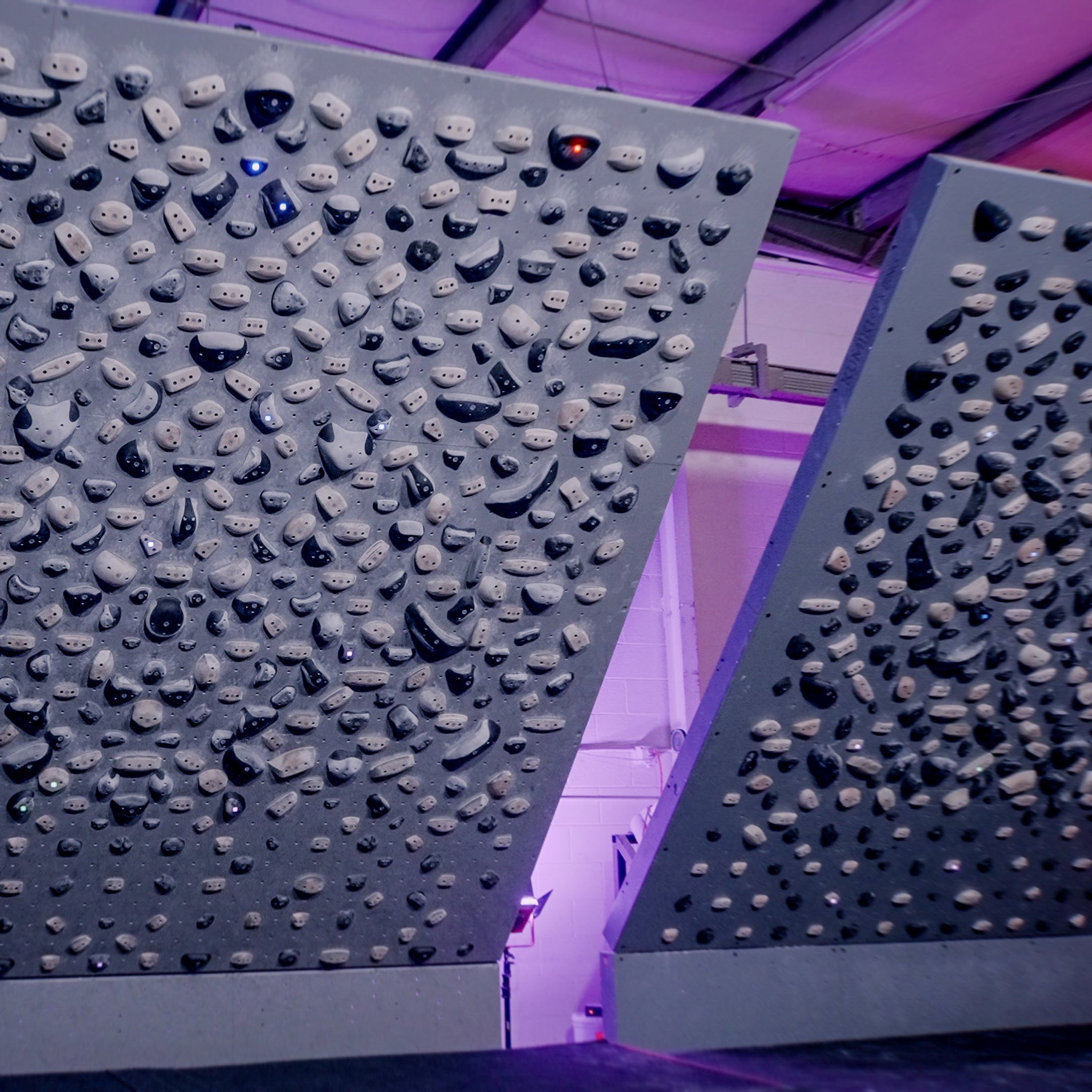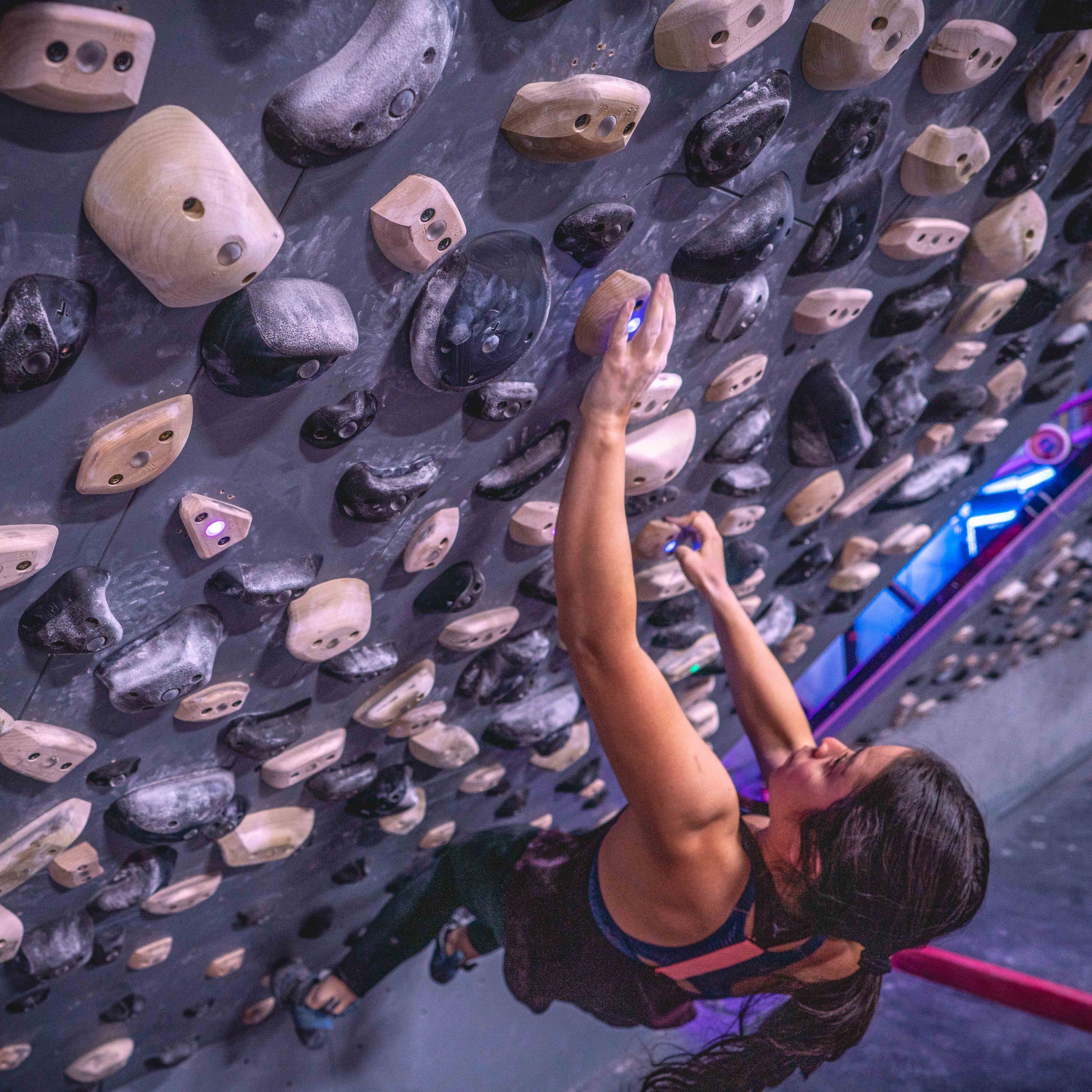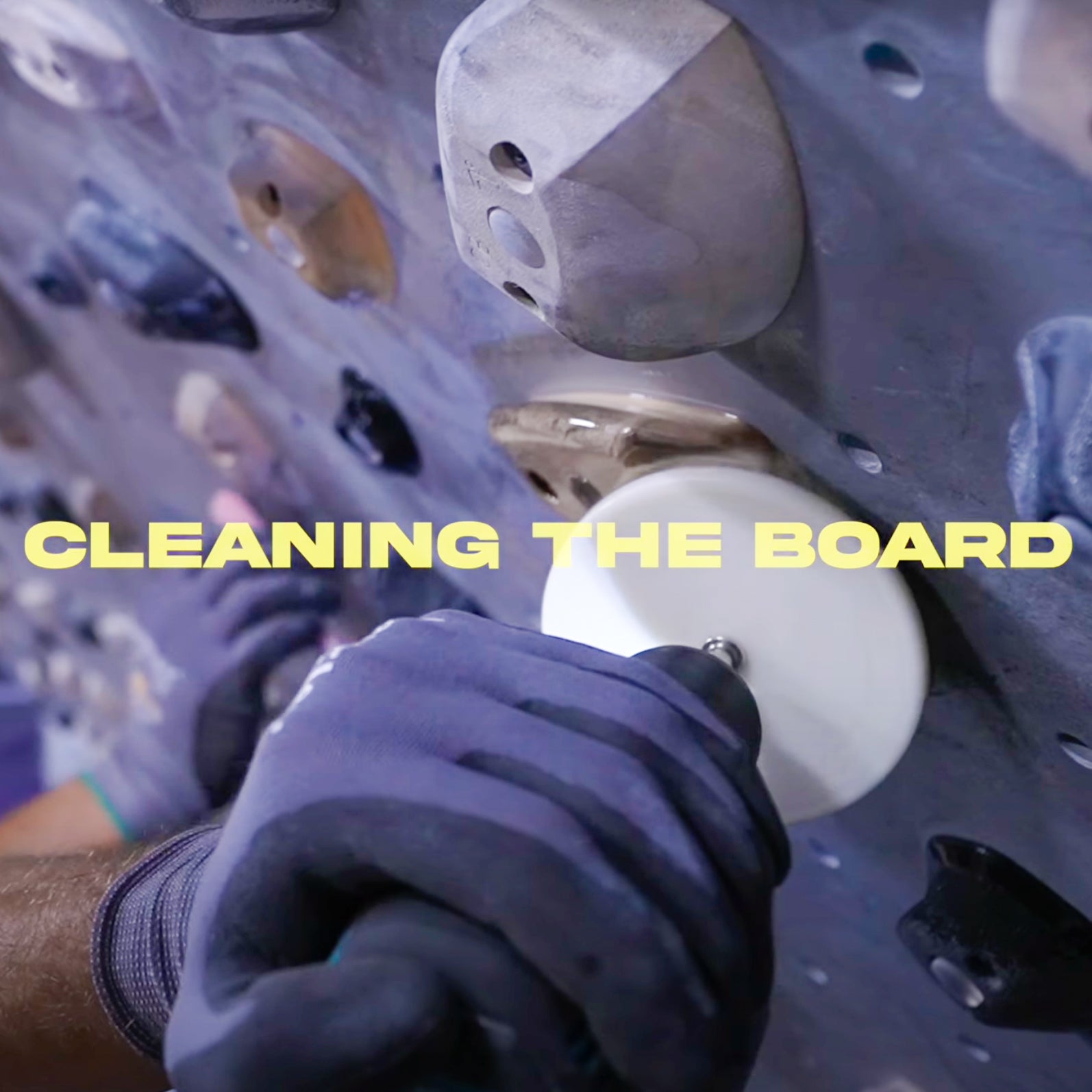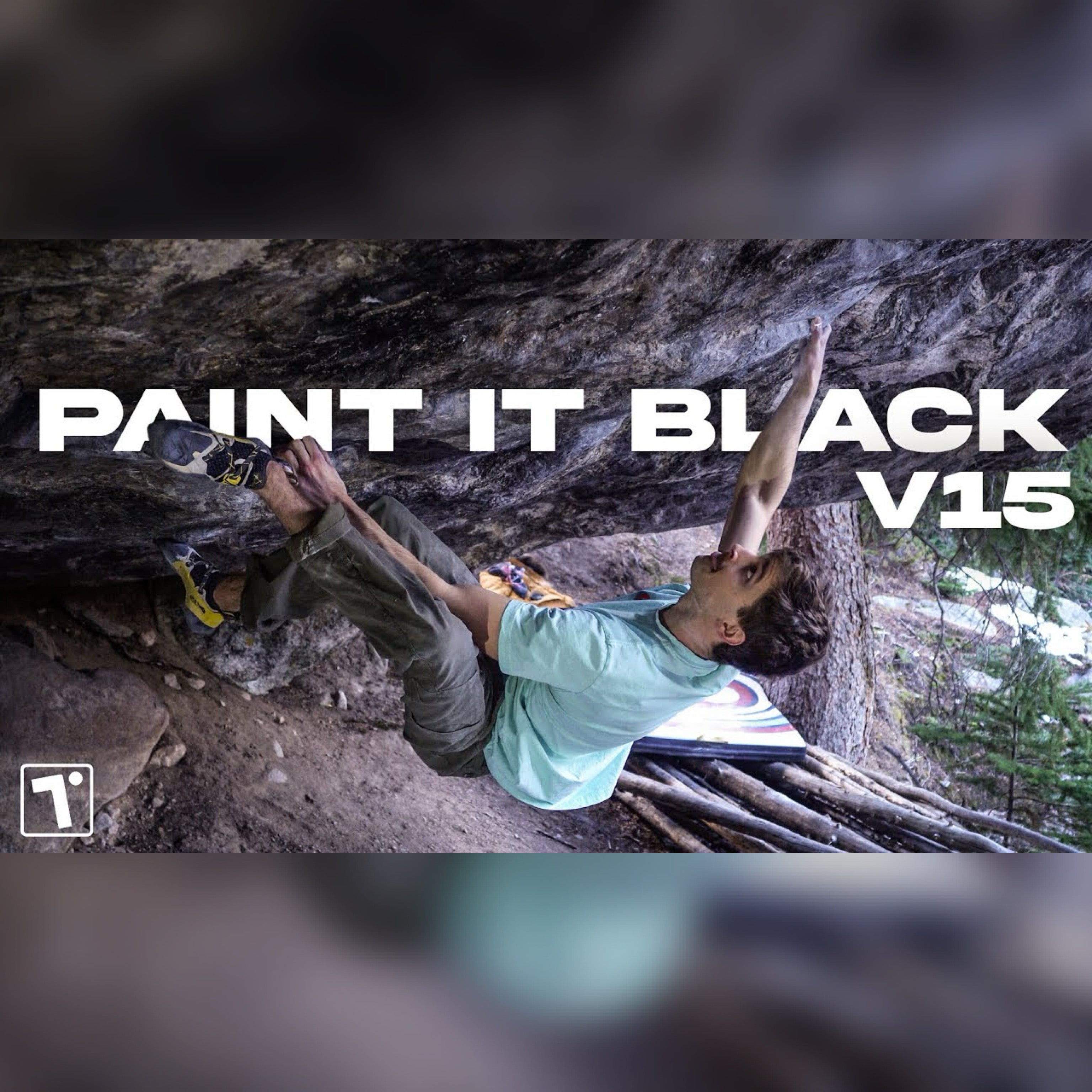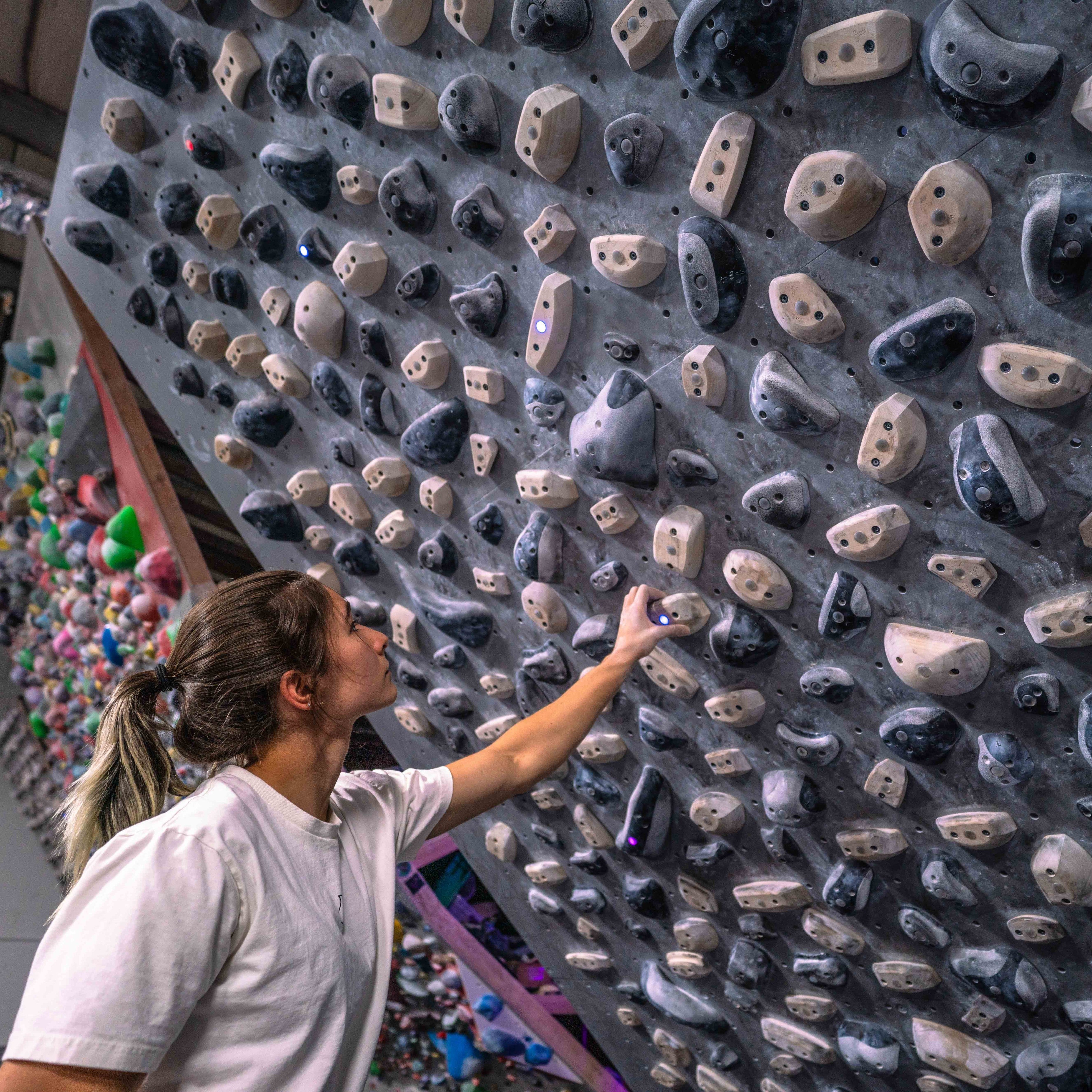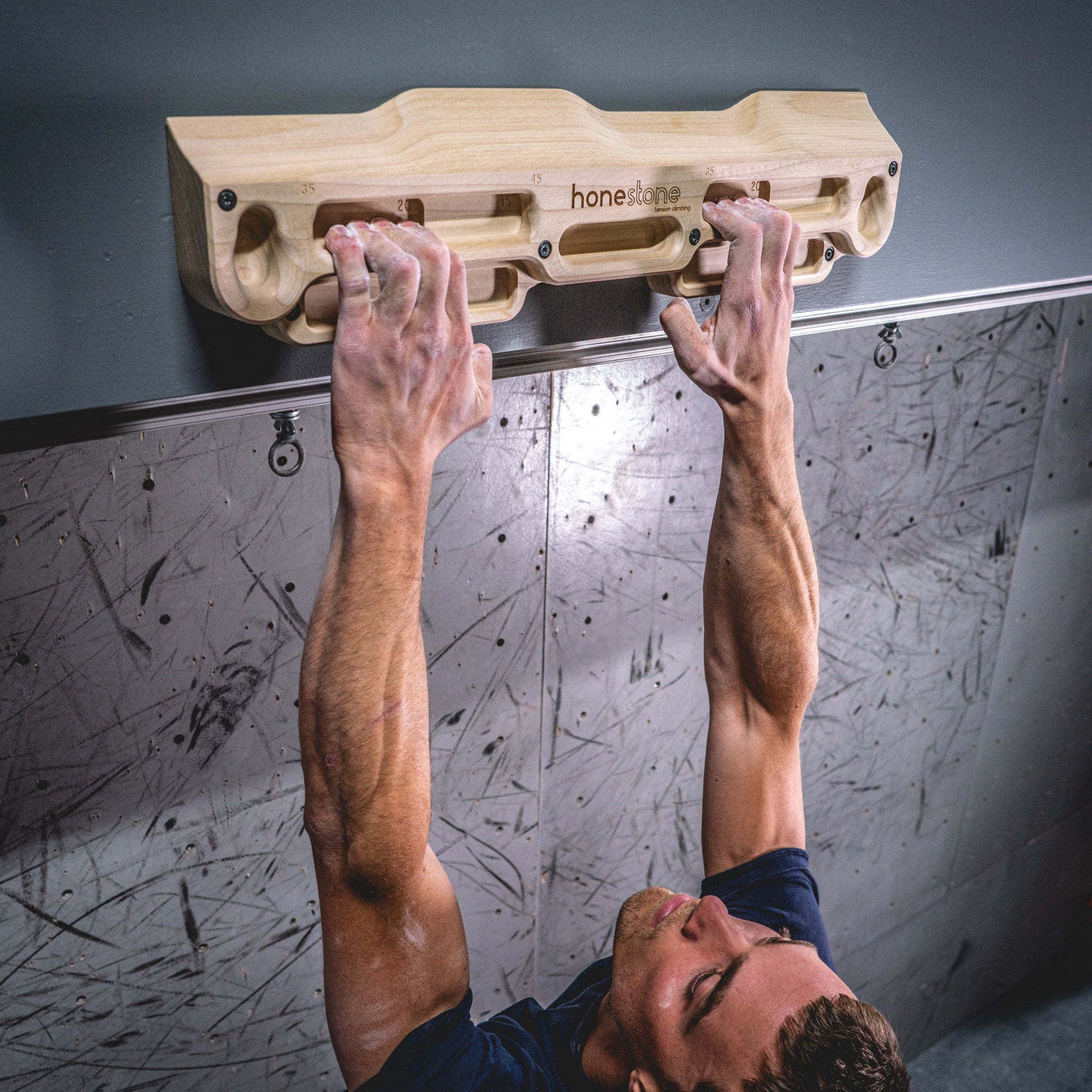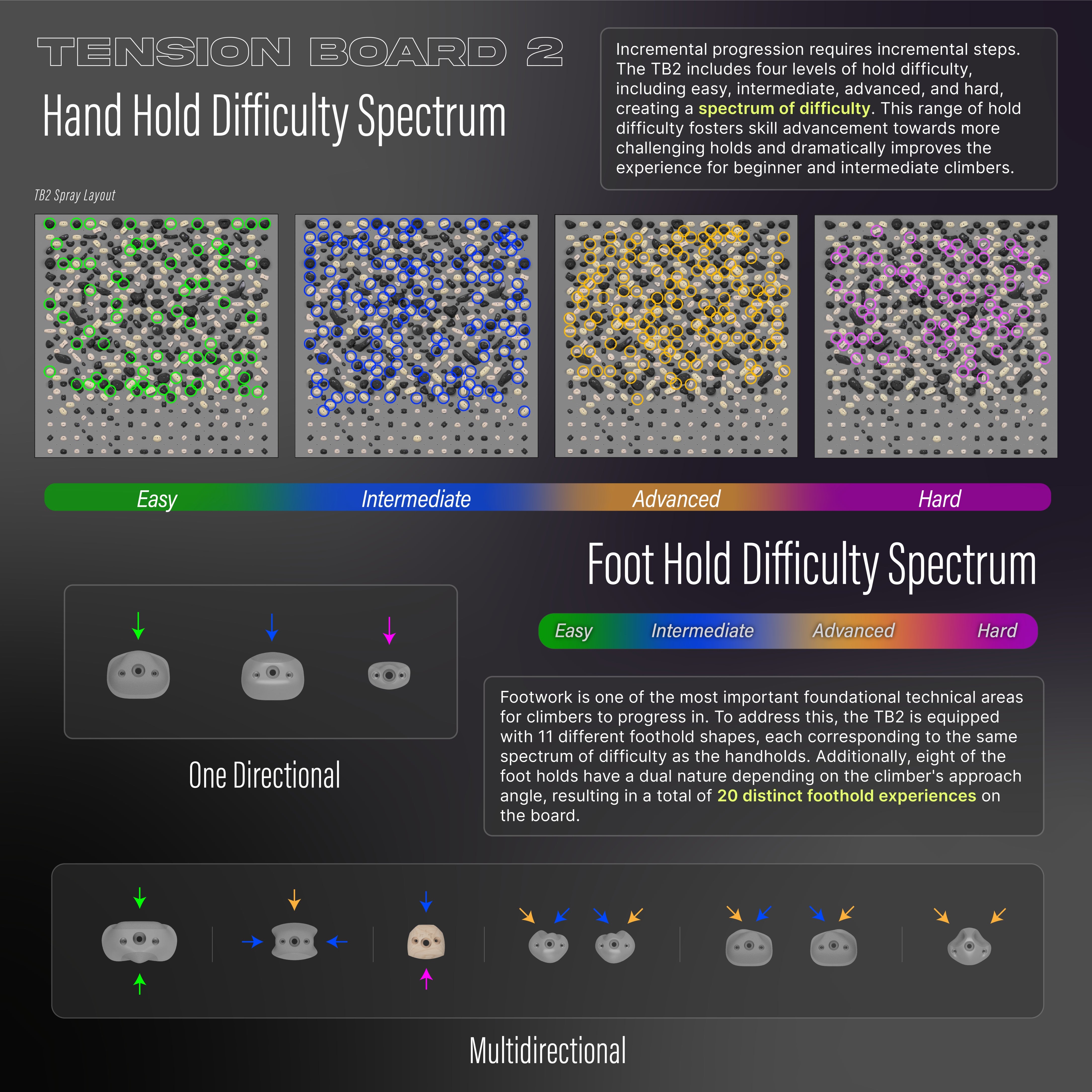Originally published February 2017
By Will Anglin
Even though this is only a few years old, the science behind connective tissue injuries has come a long way. Some of this information is not as current as it once was. However, it is still valuable and worth reading. If you’ve injured a finger, this is not the only thing you should read. Educate yourself further and consult a healthcare provider. I would recommend looking into the work currently being done by Dr. Volker Schöffl, Dr. Tyler Nelson, and Dr. Natasha Barnes.
DISCLAIMER: I am not a doctor! This is simply a review of the information presented in three books on climbing injuries. As with any injury, contact your healthcare provider before engaging in any type of rehabilitation program.
Closed pulley sprains/ruptures, not resulting from a laceration or crazy impact trauma, are almost exclusively the result of climbing. If you hurt your pulley while climbing, not many doctors, and even very few hand specialists, have dealt with these types of injuries and actually understand the forces involved in climbing (“So, are you training to climb Mt. Everest?”). As climbing has grown in popularity, more and more of these injuries are finding their way to healthcare practitioners, which has allowed doctors to build up a more solid base of experience in dealing with them and has resulted in some helpful climbing-specific research. If you get injured and live in an area with a large climbing population, it may be fairly easy to find a doctor who is knowledgeable and experienced in diagnosing and rehabilitating pulley and other climbing-related finger injuries. If you don’t, you might have a pretty hard time tracking someone down. Ask around and see if you can get a good recommendation. Either way, it is not a bad idea to arm yourself with some knowledge about these injuries.
In 2006 the book One Move Too Many by Thomas Hochholzer and Volker Schöffl was released in its second edition. For years this was the go-to guide for climbing injuries and especially pulley injuries. Dr. Volker Schöffl is the official doctor for the German National Climbing Team and is an accomplished hand surgeon and researcher. He also spends a lot of time climbing in the Frankenjura which is notorious for difficult, bouldery routes on small holds and pockets. He has seen a lot of climbing finger injuries and is considered by most to be the authority on the subject. This year two more climbing injury books were published. The first was Make or Break by Dave MacLeod. Dave is an accomplished all-around climber who feels at home on nightmare-ish alpine routes, V14 boulders, 5.14+ traditional routes, and everything in between. He is also an author of a great study on climbing-specific finger strength endurance published in the 2007 Journal of Sports Sciences. His book was a long time in the making and definitely did not disappoint. Make or Break offers some great pragmatic advice that is not contained in One Move Too Many or the second book to come out this year, Climbing Injuries Solved By Dr. Lisa Erickson. Lisa’s book mirrors most of the information in One Move Too Many, but stands out for its sections on self-care. I highly recommend picking up all three of these books and starting to invest in your own climbing health. After all, the best thing you can do for your climbing is to not get hurt!
The following is a quick primer on finger anatomy, followed by a comparative review of the information and recommendations on diagnosing and recovering from pulley injuries from: One Move Too Many, Make or Break, and Climbing Injuries Solved.
FINGER ANATOMY
The body is a crazy thing. Especially the hands. This is what your finger should look like on the inside:

You have two flexor tendons, only one of which actually goes to the end of your finger (the FDP). The FDS attaches near the proximal end of the middle phalanx. It is the presence of these two different tendons, with their own corresponding musculature, that allows you to flex your PIP joint and your DIP joint independently or together, adding to the dexterity of the hand. The annular pulleys (A1-5) hold the flexor tendons close to the bone, acting as…pulleys. They allow the finger to move through its full range of motion while creating a mechanical advantage and maintaining reasonable forces at the attachment points for both the FDS and FDP tendons.
PULLEY INJURIES
Climbing subjects the fingers to extreme loads and it is no surprise that in a survey of 284 climbers over 2 years, Volker Schöffl found that 37 (13%) of those climbers experienced pulley injuries. Erickson cites a study of competition climbers where more than 40% of the participants had experienced some type of rupture to the pulley system. Of the fingers, Schöffl found the ring finger to be the most often injured, followed closely by the middle finger, with injuries to the index and pinky finger being relatively rare.
Pulley injuries are graded on a scale from Grade I to Grade IV with Grade IV being the most severe. The onset of these injuries ranges from chronic to acute. A climber may feel slowly worsening symptoms localized on or near the injured pulley that may only be painful with direct pressure applied. Sometimes the climber may feel nothing out of the ordinary during the climbing session, only to wake up with localized pain in the finger. In other cases, the climber will feel a “tweak” in the finger during the session, and sometimes carry on climbing, only to experience pain later after the session or even the next day. In some extreme cases, the climber may hear and feel a “pop” followed by pain, swelling, and possibly limited mobility in the finger. The pop may be very loud, heard by others quite far away, though even that is not a foolproof method of diagnosing the specifics of a pulley injury. Regardless of the severity, the prognosis is good and there are climbers who have recovered to perform again at a high level.
- GRADE I
- Typically referred to as a sprain, the pulley is less than 25% torn and a conservative approach is generally recommended.
- GRADE II
- This is still only a partial tear, but the pulley is torn 25% or more. Again, a conservative, non-surgical approach is generally recommended.
- GRADE III
- A Grade III injury involves the complete rupture of either the A2 or the A3 pulley. Even with a full pulley rupture a conservative, non-surgical approach is still generally recommended
- GRADE IV
- An injury qualifies as Grade IV if there are full ruptures of multiple pulleys -or- if there is a full rupture of the A2 or A3 along with damage to other ligaments or structures involved in the flexor system. In these cases, the damage is serious enough and the use of the finger is compromised to the point where a surgical approach is generally recommended.
ASSESSMENT
Accurate assessment of the specifics of a pulley injury without advanced imaging techniques is nearly impossible. Some climbers shy away from doctors for these types of injuries, but if you are able to, seeking out a specialist to diagnose your injury should probably be the first step. In One Move Too Many, Schöffl, recommends first attempting to assess the injury via ultra-sound technique and then seeking an MRI if a diagnosis is not reached.
TIME OFF
Opinions about how much time off to take after a pulley injury have shifted for the most part. While once it was considered normal to take a month or more off from any type of climbing for any type of pulley injury, the current experts recommend anywhere from no time off and a reduction in training volume and intensity to 2 weeks of immobilization, 4 weeks of functional therapy, and then easy climbing after 3-6 months depending on the severity of the injury.
- GRADE I
- Recommendations for time off depend on the severity of the injury, but are consistent between sources and range from no time off to up to 2 weeks with no immobilization necessary.
- GRADE II
- Erickson backs Schöffl in recommending immobilization for the first 10 days after the injury to unload the pulley and allow healing. MacLeod recommends taking a few days off to allow the initial swelling to recede and then returning to easy, non-painful climbing with a taped finger (splinted to force an open-handed grip).
- GRADE III
- All three authors recommend immobilization for 10-14 days after the injury.
- GRADE IV
- There is agreement here as well to immobilize the finger for 14 days after surgery.
REHABILITATION
Every phase of healing is important, but in the rehabilitation stage, it is extra important to have self-control and make sure that you are loading the injured tissue within its limits. It can be very tempting and easy to overdo it at this stage. If possible, work closely with your healthcare provider to make sure you are progressing properly. Schöffl and Erickson use the term “functional therapy” to describe the exercises prescribed for this rehabilitation phase, while MacLeod describes it as “progressive functional exercises”. Either way, the idea is the same: a progression of exercises that applies therapeutic stress to the healing tissue. These exercises may use therapeutic resistance putty, sponges, or other tools and methods and can last for 2-6 weeks depending on the injury. Climbing Injuries Solved and Make or Break cover these types of exercises the most thoroughly. After engaging in therapeutic exercises, and more time off from climbing in more extreme cases, it is recommended by all three authors to engage in easier climbing while protecting the injured area with tape and avoiding grips or holds that provoke pain in the finger. Again, this is another time where self-restraint is key. We all love to climb and it can be incredibly tempting to push the injured finger too far and too fast. Remember though, that the consequences of re-injuring the tissue far outweigh the potential boredom and frustration of not being able to climb at your limit for a while.
- GRADE I
- Schöffl and Erickson recommend some amount of functional therapy (2-4 weeks) before starting easy climbing with tape to protect the tissue. MacLeod, on the other hand, advises splinting the finger with tape to resume easy climbing with an open-handed grip (as long as there is no pain) while also performing progressive functional exercises. Some amount of discomfort is acceptable when beginning to incorporate easy climbing again, but it is a fine line between healing and re-injuring the tissue. One small slip-up could send you back to square one or even worsen the injury to a full rupture.
- GRADE II
- Schöffl and Erickson again agree on 2-4 weeks of functional therapy with easy climbing being introduced around 4 weeks. Both authors recommend tape to protect the healing tissue. MacLeod makes the same recommendation for both Grade I and Grade II injuries, as they are both partial tears. However, for the increased severity of the injury, the recovery timeline will probably be extended somewhat. To reiterate, some amount of discomfort is acceptable when beginning to incorporate easy climbing again, but it is a fine line between healing and re-injuring the tissue. One small slip-up could send you back to square one or even worsen the injury to a full rupture.
- GRADE III
- For a full rupture, Schöffl and MacLeod agree on about 4-6 weeks of progressive functional therapy followed by easy, tape-protected climbing at about 6-8 weeks, and progressing for 3 months until a full climbing load can be tolerated. Erickson recommends a slower approach to functional therapy for 6-8 weeks, with easy tape-protected climbing starting at 6-8 weeks and progressing to a full climbing load over 6 months instead of 3 months.
- GRADE IV
- This being the most severe of the pulley injuries, the rehabilitation time is the longest. After being cleared from immobilization after surgery, all three authors recommend 4 weeks of functional therapy. After introducing easy tape-protected climbing at around the 4-month mark Schöffl and Erickson propose a slow progression to a full climbing load at 6 months, though MacLeod suggests that the progression should last about a year.
RETURN TO CLIMBING
Knowing when the tissue has finally healed and is ready to handle a full climbing load is one of the hardest parts of recovery. Coming back too soon can mean repeated and chronic injury. On the other hand, always holding back even though the tissue is healed and ready to go isn’t a great situation either. Work closely with your healthcare provider and closely monitor your injury throughout the rehabilitation process to help you transition back to trying hard with confidence.
- GRADE I
- About 6 weeks is the general recommendation for returning to full climbing after a pulley sprain. Though MacLeod acknowledges that it could take up to 6 months depending on the severity of the injury and the effectiveness of the rehabilitation program. Schöffl and Erickson recommend taping the previously injured area for at least 3 months afterward. Macleod warns not to let tape become something that lets you push harder than you should.
- GRADE II
- MacLeod again states that a partial rupture could take anywhere from 6 weeks to 6 months to be ready for a full return to climbing, while Schöffl and Erickson have a target date of about 6-8 weeks. MacLeod doubts the real efficacy of taping to support the pulleys, but Schöffl and Erickson recommend 3-5 months or longer of supportive taping.
- GRADE III
- MacLeod and Schöffl recommend starting to progress to a full climbing load at 3 months, with Erickson proposing 6 months as a potential target date to reach a full climbing load. Macleod maintains his stance on questioning supportive taping while the other two recommend supportive taping for 6 months or longer
- GRADE IV
- Schöffle and Erickson recommend beginning a full climbing load starting at about 6 months while using supportive taping for a year or more. MacLeod recommends a progression of loading over the course of a year or more.
TAPE
All three authors recommend that tape be used to protect the pulleys in some fashion during the rehabilitation process. Both Schöffl and Erickson recommend the H-Tape method. The H-Tape method was shown, in a study by Schöffl, to actually reduce the strain on the pulleys by a small, though statistically significant, amount. Circumferential taping and the “Figure-8” method were shown to have little to no supportive effect on the pulley system. Even so, MacLeod doubts that the support given by the H-Tape method is really significant enough to protect the pulleys and feels that the tape quickly stretches out and may no longer provide any support. He instead suggests using the tape to splint the PIP joint as a protective measure during the early climbing phases of rehabilitation to ensure that the injured finger is only used in an open-handed grip. Schöffl and Erickson also support the continued use of H-Taping as a supportive and preventative measure, even after a fully restored climbing load has been reached. These recommendations range from 3 months to over a year after the injury, depending on the grade of the injury.
H-TAPING
A piece of athletic tape prepared for H-Taping (Fig.1) is placed on the finger with the joined piece of tape directly under the PIP joint. The “legs” are then wrapped around the distal portion of the proximal phalanx and the proximal portion of the middle phalanx (Fig. 2). This method has been shown to lend support to the A2, A3, and A4 pulleys. Make sure that the tape is not so tight that it restricts blood flow.


SPLINTING
The method of splinting the PIP joint with tape is simple. All that is required is to wrap the tape around the finger over both the middle and proximal phalanx as well as over the PIP joint itself (Fig. 3). The more tape that is used, the stiffer the splint will be. By splinting the finger to eliminate flexion of the PIP joint, you greatly reduce the amount of force applied to the pulleys by keeping the FDS and FDP tendons from bending over the A2 and A3 pulleys. Make sure that the tape is not wrapped so tight that it restricts blood flow.

You just had a whole lot of information dumped on you at once, so here are some nice visual summaries for you. The recovery time for each grade of pulley injury is represented in a nice color-coded timeline. As with all of the numbers represented in this post, these are just guidelines and not set in stone. Every person is unique and the ability to recover from these injuries depends on many factors. Some of which, like genetics, are totally out of your control. Your best bet is to find a healthcare specialist who has experience treating pulley injuries in climbers to help guide you through this process.




REFERENCES
Click if you are interested in purchasing any of these books.
One Move Too Many (2nd Ed.) by Thomas Hochholzer and Volker Schöffl (2006)
Make or Break by Dave MacLeod (2015)
Climbing Injuries Solved by Lisa Erikson (2015)
All illustrations © Will Anglin

